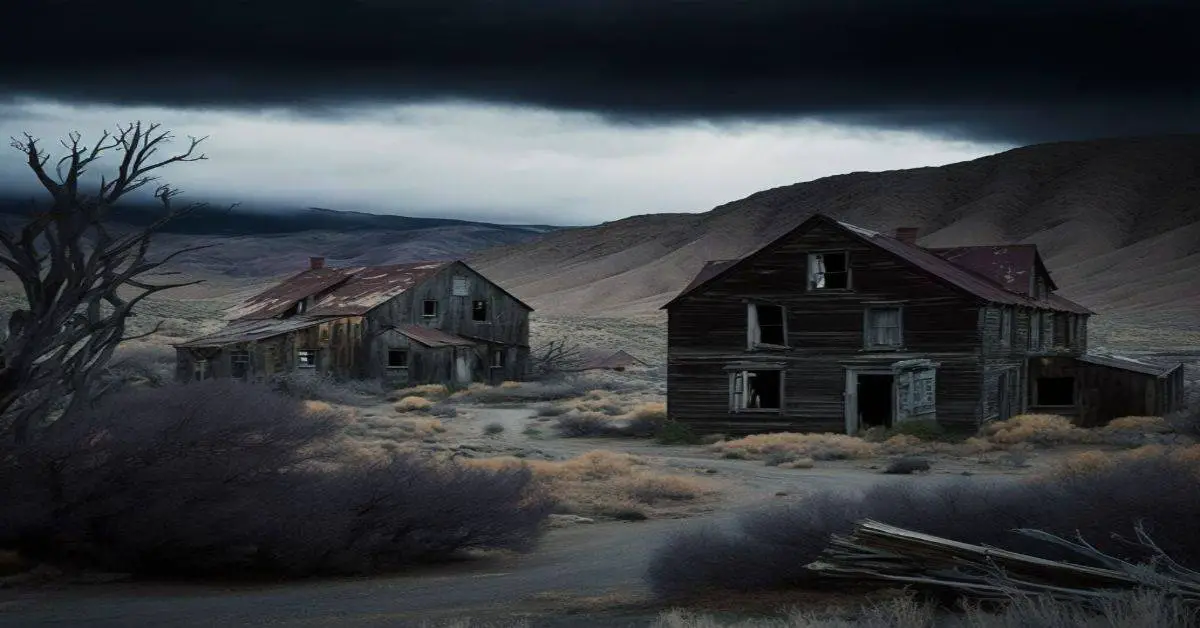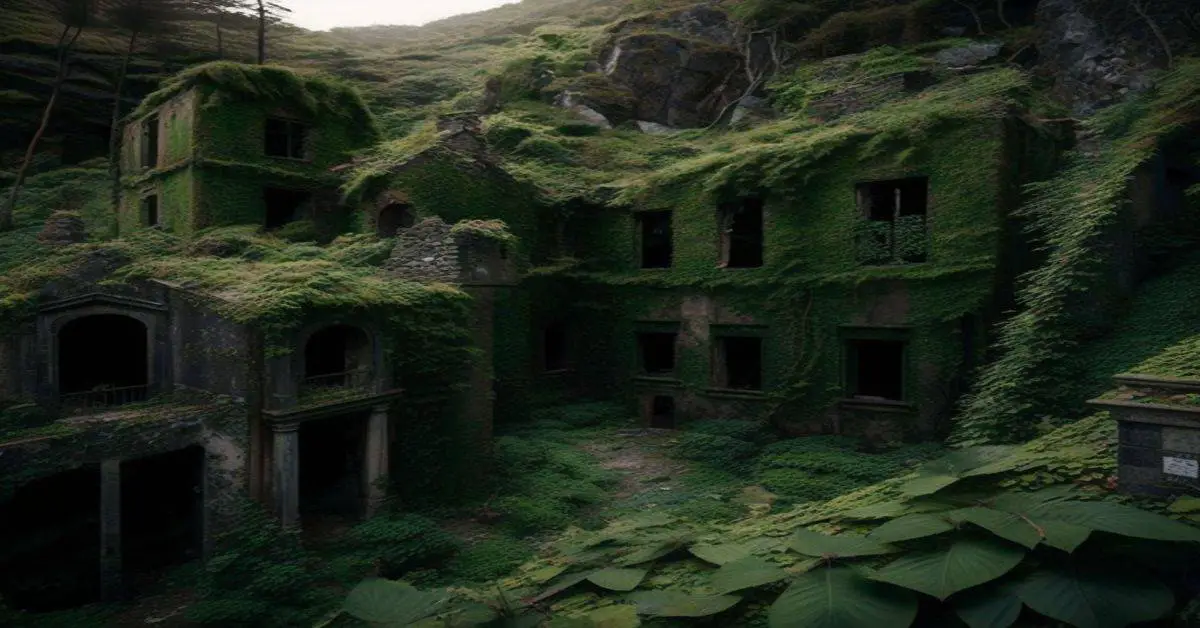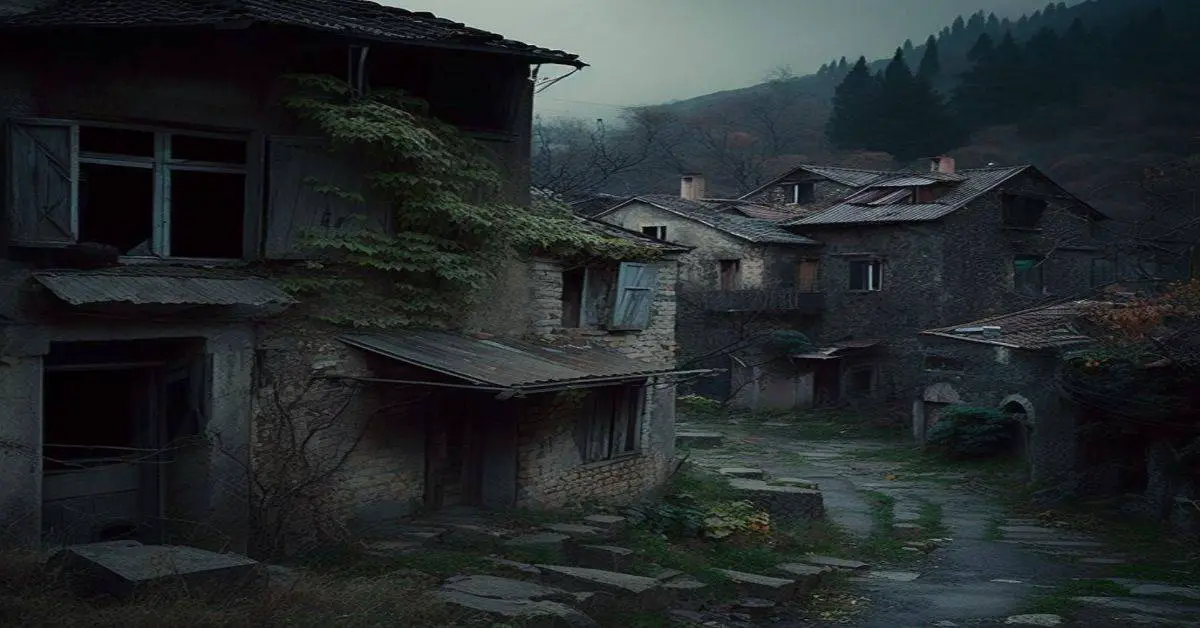Tonopah, located in Nevada, was once a prosperous boomtown known for its rich gold and silver mines. Its peak period in the early 1900s saw the town producing significant amounts of valuable ore, generating considerable wealth for the region. However, Tonopah’s fortunes began to decline in 1913, and the town’s economy slowed down.
Despite this, Tonopah remains a vibrant town that still attracts visitors with its hotels, clubs, stores, and restaurants. This article examines Tonopah’s history, economy, and tourism, providing an analytical and factual account of the town’s rise and fall.
The article primarily focuses on the period from the early 1900s to the present day, highlighting the town’s significant role in the mining industry and its transformation into a tourism hub.
By providing a comprehensive overview of Tonopah’s past and present, this article aims to shed light on the town’s resilience and adaptability in economic challenges.
Key Takeaways
- Tonopah, Nevada, was a major gold and silver producer during its peak period around 1905, but production began to decline noticeably about 1913.
- Despite being a ghost town in the past, Tonopah is now a vibrant town with hotels, clubs, stores, and restaurants for visitors, and tourism plays a large part in the local economy.
- The discovery of gold at Tonopah was quite an by accident, and the Butler claims were known far and wide, with the town often referred to as Butler.
- Tonopah, Nevada, had become a full-fledged city with modern amenities by 1907. By 1920, it had assumed the appearance of a substantial and permanent town with stone buildings and sturdy frame houses.
Location and History
Tonopah, a former Nevada ghost town, was a major gold and silver producer during its peak period around 1905 when it became the county seat. Its historical significance lies in its contribution to the mining industry, with its mines producing almost $121 million worth of ore from 1900 to 1921. Tonopah’s biggest year was in 1913, when its mines yielded almost $10 million worth of gold, silver, copper, and lead.
The town’s decline began around this time, but it has since regained its footing and today remains a vibrant town with hotels, clubs, stores, and restaurants for visitors. Despite Tonopah’s transformation from a ghost town to a bustling tourist destination, the town still values cultural preservation.
Tonopah’s past is visible in the stone buildings and sturdy frame houses constructed during the town’s boom period. The town’s post office, restaurants, assay offices, lodging houses, and several doctors and lawyers also serve as reminders of its rich history.
Additionally, Tonopah, Nevada, is home to the Aurora Gallery/Wes Shrader Photography, Stanley Paher, Dolores Steele, and Johnnie Church who own the copyright to some images of Tonopah. These efforts to preserve Tonopah’s cultural heritage give visitors a glimpse into the town’s past, making it an even more unique and worthwhile destination.
Economy and Tourism
The local economy of the former mining town has diversified, with tourism now playing a significant role in sustaining the community’s livelihood, like a tree branching out to bear new fruit.
Tonopah’s rich mining history is a major draw for tourists, with visitors able to explore the town’s many historic buildings and learn about the industry’s impact on the area. The town’s marketing strategies have successfully promoted Tonopah as a unique and exciting destination, with events such as the annual Jim Butler Days celebrating the town’s mining heritage.
Sustainable development is also a key focus for Tonopah, with the town working to ensure that its tourism industry is economically and environmentally sustainable. This includes promoting responsible tourism practices, such as minimizing waste and supporting local businesses.
Tonopah, Nevada is investing in renewable energy projects, such as a solar power plant and geothermal energy systems, to reduce its reliance on fossil fuels and promote a more sustainable future.
Overall, Tonopah’s success in diversifying its economy and promoting sustainable development has helped to ensure the town’s continued prosperity and relevance in the modern era.
Discovery and Mines
Gold and silver were accidentally discovered in Tonopah, leading to the development of numerous mines that produced a significant amount of wealth for the town. Credit is given to Mrs. Butler, who staked out the claim that kickstarted the mining industry in Tonopah. She named the mine Mizpah, which turned out to be one of the richest producers in the area.
Jim Butler will forever be associated with the name Tonopah and the many stories surrounding the discovery. His contribution to the mining industry in Tonopah was immense, and his impact is still felt in the town today.
Tonopah’s mines continued to produce extremely well until the Depression brought a slowdown. However, Tonopah’s mining legacy is still evident in the town’s architecture and culture. The Mizpah Mine Legacy remains a significant part of Tonopah’s history, and the Mizpah Hotel, built in 1907, is a testament to the town’s mining heritage.
Today, visitors can tour the Mizpah Mine and see the remnants of Tonopah’s mining history. Jim Butler’s impact on Tonopah is also celebrated in the town’s museums and galleries, where visitors can learn about the man who inadvertently helped create a boomtown that still thrives today.
Frequently Asked Questions
What is the current population of Tonopah, and how has it changed over time?
Tonopah’s current population is approximately 2,478, slightly increasing from the 2010 census. Demographic changes show a decrease in the percentage of white residents and an increase in Hispanic residents.
What is the history of the town’s name, and how has it evolved?
Tonopah originates from the Shoshone language, meaning “water brush” or “desert water.” The town’s naming origins reflect the region’s arid landscape. The name has remained unchanged throughout Tonopah’s historical significance as a major gold and silver producer.
Are there any notable cultural or artistic landmarks in Tonopah, Nevada?
“Tonopah may be known for its history as a gold and silver producer, but it also offers artistic events and local museums. The Central Nevada Museum and Tonopah Historic Mining Park showcase the town’s cultural heritage.” ‘In addition, Tonopah hosts an annual Arts and Crafts Fair, as well as various live music performances and art exhibits throughout the year.’
What is the current state of the town’s infrastructure and public services?
The provided background information does not mention the current state of Tonopah’s infrastructure and public services. However, the town’s recent community outreach efforts suggest improving and maintaining its facilities and services to support its growing tourism industry.
How has Tonopah’s economy diversified in recent years beyond tourism and mining?
As the mining industry in Tonopah declined, the town turned to tourism as its main source of income. Recently, economic diversification has occurred with small business growth in areas such as renewable energy, agriculture, and tech industries.


